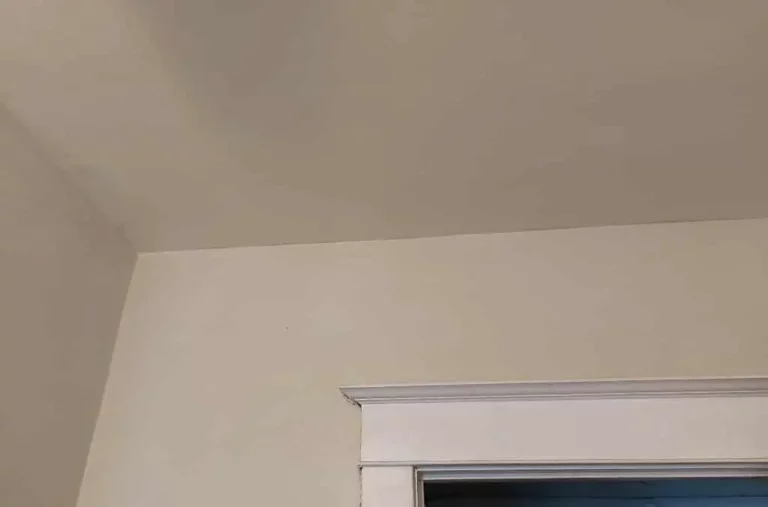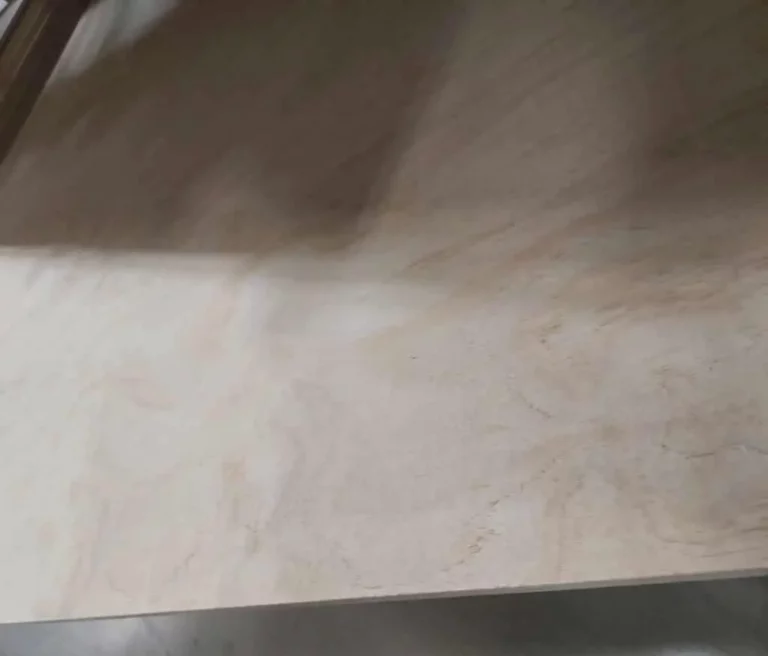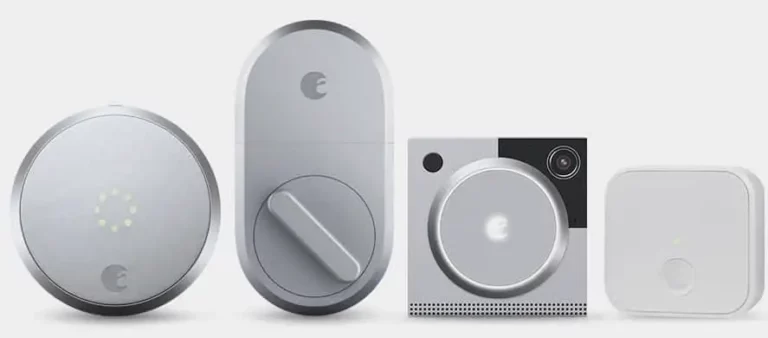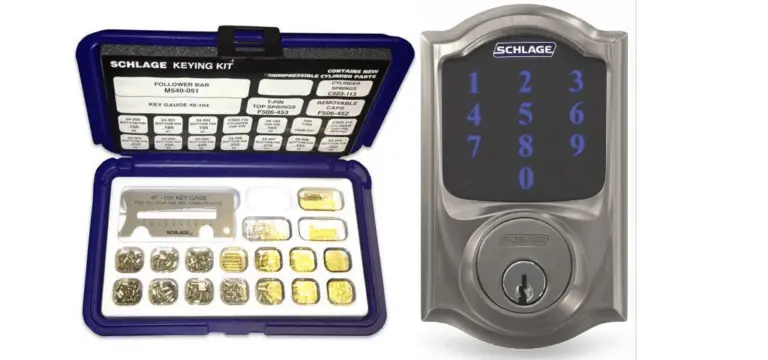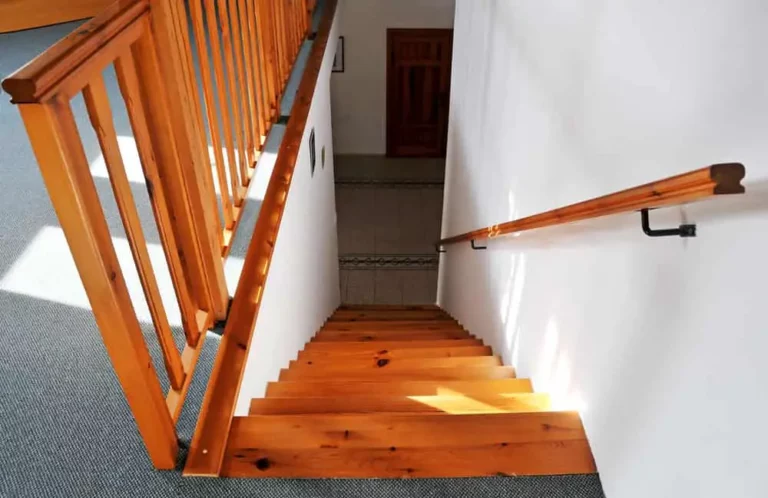This Is Why Your Hammer Drill Won’t Go Through Brick
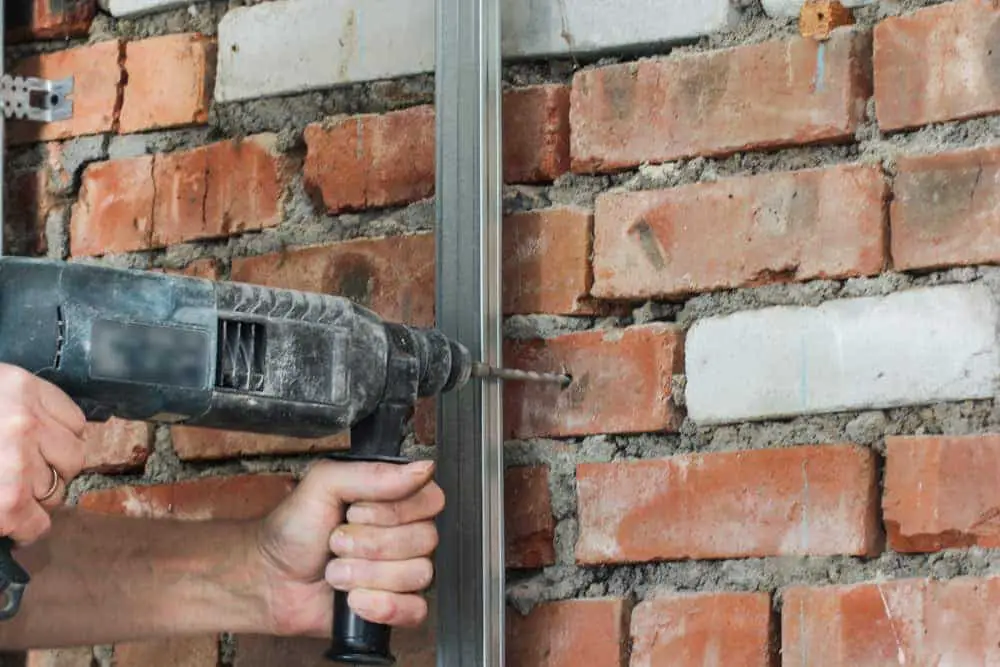
Ideally, a good hammer drill will create holes in brick easily. With the right tools and correct technique, it should take only a little pressure and only a matter of seconds for a perfect pilot hole. If you’re encountering resistance, it’s time to look at your hammer drill and hole-drilling approach.
Your hammer won’t go through brick if you are using too much pressure or the wrong drill bit, or if you have the hammer in the wrong mode or speed. You will also find that bad technique, a dull drill bit, or trying to drill a too-big hole will prevent your hammer from going through brick.
Let’s look at the reasons your hammer drill isn’t penetrating brick like it should and some ways you can maximize your hammer drill’s effectiveness when drilling into brick and mortar.
Check Your Hammer Drill
There are plenty of straightforward reasons you could be having trouble boring into brick with your hammer drill. Do a quick check of your drill, and you might catch an obvious mistake right away. Here’s a good video of all the checkpoints on a Tacklife Rotary Hammer Drill. Your lighter non-SDS models will be slightly different, but the basics are there.
Is Your Hammer Drill in Reverse?
This seems simple, but it never hurts to double-check. Make sure your drill bit is spinning clockwise if you want to see results. The reverse switch is usually right above the trigger and it’s not uncommon to see it switched by mistake. This can happen as you travel with the tool or even as you lift it from the shelf.
Is Your Hammer Drill in the Correct Mode?
Hammer drills generally have two modes – drill only and drill with a back and forth hammer force. If you’re using a rotary hammer drill, it will also have a hammer-only mode. You should only use the regular drill mode if the brick is very fragile or brittle. Most of the time, when you’re drilling into brick, you’ll use the hammer drill mode.
The setting knob is usually by the chuck for a standard hammer drill and maybe a separate knob on the SDS rotary hammer models. Double-check the instruction manual if you’re not sure what the symbols indicate.
Are You Using the Correct Drill Bit?
You should be using a carbide masonry drill bit. Masonry bits are slightly triangle-shaped at the end, and the tip is slightly wider than the shaft. If your hammer drill didn’t come with masonry bits, you’ll need something like this DEWALT Masonry Drill Bit Set, which fits standard hammer drill chucks.
For SDS, SDS-Plus, or SDS-Max rotary hammer drills, the only bits that fit are corresponding SDS types like these Bosch SDS-Plus Carbide Masonry Bits. Always choose the correct style for your particular hammer drill.
Is Your Drill Bit Dull?
If you’ve been using the drill bit for a while, it could just be dull. Bits dull more quickly if they’re used incorrectly (like if you first tried to drill a pilot hole in drill-mode) or if the bit isn’t evacuating the material correctly. The bit can drag material around inside the pilot hole, wearing on the sharp edges. SFGate has a short guide for sharpening your masonry drill bits if you have a bench grinder.
Ensure Proper Technique
If everything on your hammer drill checks out, and you’re using a sharp, carbide masonry drill bit, it’s time to adjust your approach. Here’s a guide on drilling into brick/concrete if you’re unsure where to start. Check your technique and ask yourself:
Are You Drilling Too Quickly?
Start slowly. The hammer drill with a masonry bit creates holes when the hammering force breaks up the brick or concrete, and the drill bit flutes carry away the material inside the hole. It’s a team effort of two kinds of force. Starting at too high of a speed doesn’t necessarily bore more quickly and can cause your bit to overheat or become dull.
Are You Applying the Right Amount of Pressure?
With a hammer drill, it shouldn’t take a lot of pressure to get through brick as you should be letting the hammer function do most of the heavy work. Apply medium pressure straight on when drilling your pilot hole. Too much pressure can cause the bit to slip or overheat.
Are You Drilling Too Large of a Hole?
Sometimes you’ll need to install heavy-duty anchors into brick walls that require large diameter holes like expansion sleeves that accept hex head screws. Rotary hammer drills can usually handle larger holes, but smaller cordless and corded hammer drills (without SDS drill bits) will have trouble. Start with a small pilot hole and work your way up to the diameter you need.
Are You Expecting Too Much From Your Hammer Drill?
A good hammer drill or rotary drill should drill into brick with relative ease. However, there are vast differences between the capabilities and speeds of different hammer drills, rotary hammer drills, and even drill bits. An “off-brand” or cheap hammer drill might not drill as easily as you expect. If you’re used to a high-powered rotary hammer, a standard hammer drill with chuck and non-SDS drill bits is going to feel much slower.
Additionally, masonry drill bits aren’t very expensive, but very low-quality bits may be dull already or dull very quickly. If performance is an issue, you may have to upgrade your tools. The Dewalt 20V Max Cordless Hammer Drill is a good, affordable place to start and will get through brick easily.
Prices pulled from the Amazon Product Advertising API on:
Product prices and availability are accurate as of the date/time indicated and are subject to change. Any price and availability information displayed on [relevant Amazon Site(s), as applicable] at the time of purchase will apply to the purchase of this product.
The Right Way To Drill Into Brick
When you’re sure your drill is functioning the way it should, and you’ve checked off the following:
- The drill is drilling forward
- You have an appropriate masonry drill bit
- The drill is in hammer drill mode
It’s time to start your pilot hole.
- Lock the depth setter to the depth you want and insert the pilot drill bit.
- Hold the hammer drill perpendicular to the surface of the wall, and apply medium pressure as you squeeze the start trigger.
- Keep the drill straight on, and do not wobble while you drill to the depth stopper.
- Switch the drill bit to the diameter of the hole that you want.
- Start again at the pilot hole and drill to the depth stopper.
Now you’re ready to set plugs or sink masonry screws.
Tips for Drilling Into Brick
- Take the bit out occasionally. If you feel the drill bit bogging down in the brick, you can bring the drill bit back out to help excavate some of the brick material from the hole.
- Use tape if you don’t have a depth stopper. Wrap masking tape around the drill bit, or use a dry erase marker. This is a guide mark and won’t actually stop your drill bit.
- SDS rotary hammer drills might not require a pilot hole. These heavy-duty hammer drills might safely create a larger diameter hole in one go, but if you’re having trouble or worried about brick cracking or crumbling, start with a small pilot hole.
- Wear proper personal protective equipment. This includes hearing protection, safety glasses, and a dust mask.
Final Thoughts
Installing anchors and hanging from brick is very possible, and installation should not be difficult with the right tools and good technique. If you’re encountering problems, it’s likely an easy fix.
Check your hammer drill, especially if you’re using it for the first time to make sure:
- The drill is not in reverse.
- You’re using a carbide masonry bit.
- Your tool is in hammer drill mode.
- Your drill bit is sharp.
If you’re still having trouble, make sure you’re drilling correctly and that you’re starting with a small pilot hole if your hammer drill is lower capacity.


